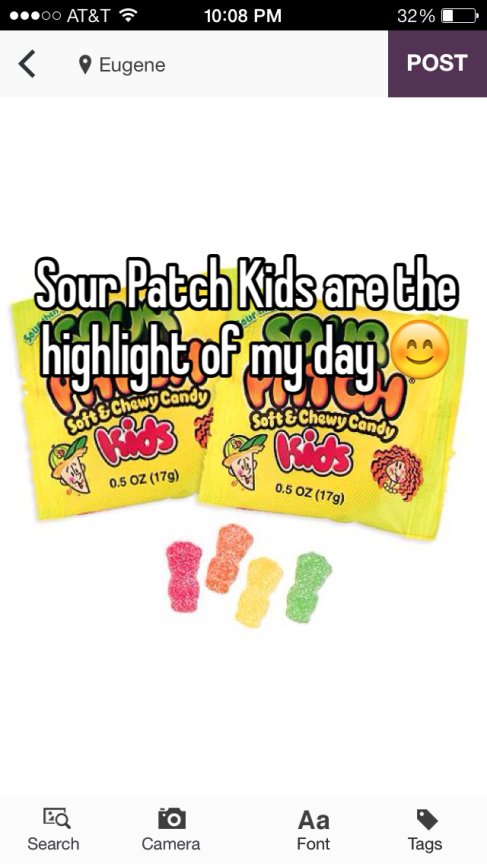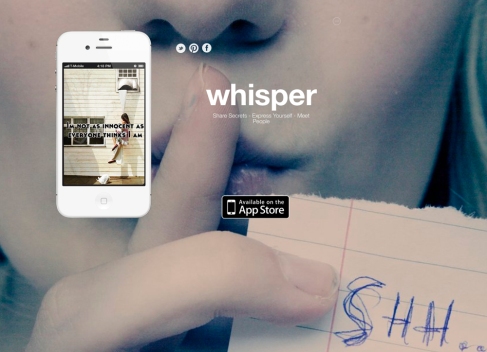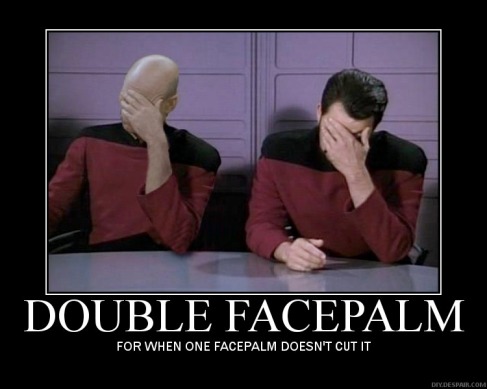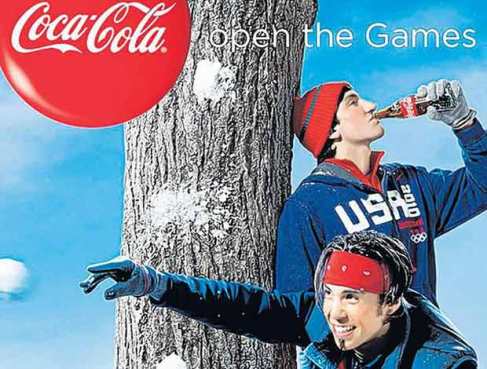In my last post, I discussed that trends in the ever-changing social landscape suggest millennials are gravitating toward networks that offer online anonymity. Whisper, which I named the social media world’s best-kept secret, is a social platform where users can anonymously post confessions, called Whispers. The app’s 3.5 billion page views per month and largely 18-24-year-old user base have venture capitalists far and wide opening their checkbooks.
I downloaded the app recently to explore what all the fuss was about, and the more I dug around, the clearer it became that marketing on the service will be a difficult task for major brands. The primary obstacle these brands will face is navigating the app’s vast amount of crude and offensive content. Roughly 25 percent of the Whispers I saw were sexually explicit, and many more dealt with emotional challenges that brands will likely want to stay away from.
Despite these challenges, there are still opportunities for brands to integrate their messages within the app. The most obvious of these is to sponsor branded Whispers that appear at the top of the app’s “Popular” and “Featured” pages, similar to promoted Tweets or sponsored Facebook posts. This is a classic native advertising model. However, the tone of Whispers are different than Facebook posts or Tweets, which will require some creative brainstorming from brands on how to effectively disguise their paid Whispers as user-generated content. One example: candy companies like Sour Patch Kids could create a branded Whisper with text that reads “Sour Patch Kids make me happy” overlayed on a photo of a packet of the candy.
One of the most valuable aspects of the app for marketers is that the anonymous nature of Whispers leads to truly authentic content. Whisper provides a suggested image to pair with the text a user creates based on key words in the text. For example, I just typed “I’m hungry” into a Whisper, and a photo of a Thanksgiving feast appeared behind my text because I mentioned the word ‘hungry.’ What if instead of a Thanksgiving feast, an image of a Big Mac appeared on my screen? Brands could pay to have branded photos of their product appear as suggested images based on key words. If you’re hungry enough, the image of the Big Mac might be motivation enough to get in the car and head for the drive thru. The opportunities for brands to associate themselves with genuine feelings users post in the form of Whispers are endless.
As is true with anything that’s never been done before, we’ll have to wait and see to determine the value of pay-for-play on anonymous apps like Whisper. The brand that can effectively navigate these uncharted, potentially shark-infested waters wins. It will be interesting to see what marketers come up with.





